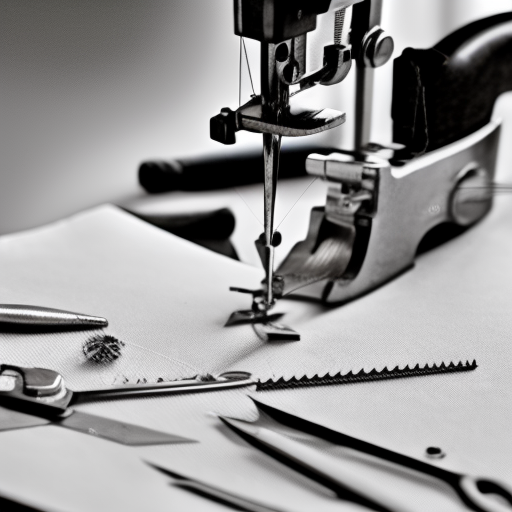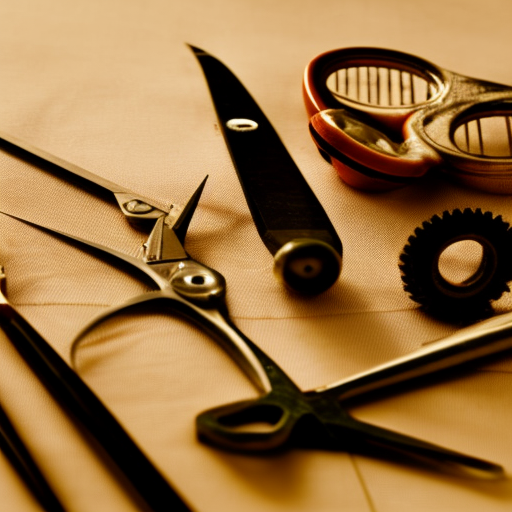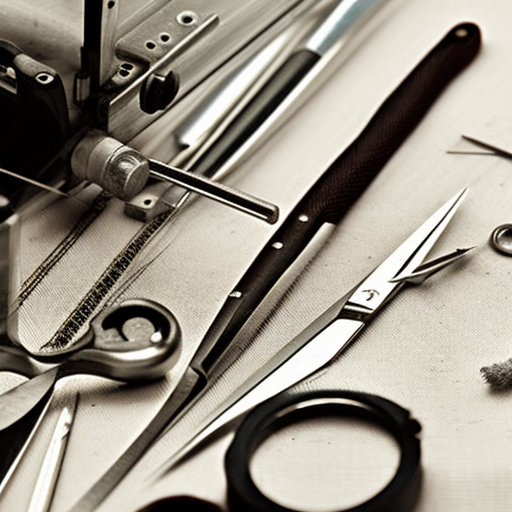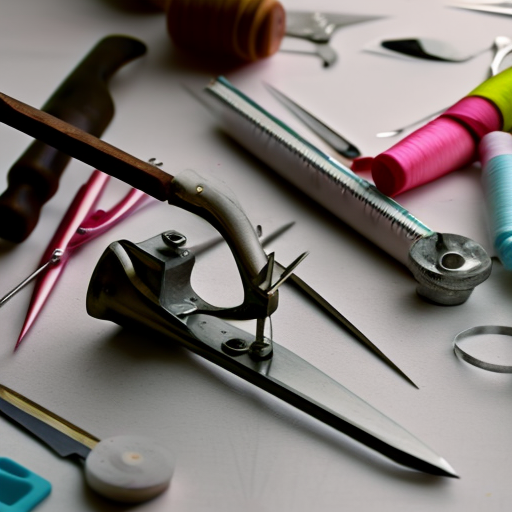Exploring the World of Tailoring Tools: A Comprehensive Guide to Names and Uses
When it comes to the art of tailoring, having the right tools is crucial for achieving precise and professional results. From measuring to cutting to sewing, there is a range of tools that every tailor must have in their toolkit. But with so many different tools out there, it can be overwhelming to know which ones are essential and what they are called. Fear not, as we have compiled a comprehensive list of tailoring tools names and their uses to help you navigate this world of sewing and stitching.
Measuring Tools
Proper measurements are the foundation of a well-fitted garment. These are some of the most common measuring tools used in tailoring:
- Tape Measure: A flexible measuring tool used to take body measurements, fabric dimensions, and clothing patterns.
- Ruler: An inflexible measuring tool used to take precise, straight measurements of fabric or patterns.
- French Curve: A curved ruler used for creating smooth and accurate curves in pattern making.
Marking Tools
Once you have your measurements, the next step is to transfer them onto the fabric. This is where marking tools come in handy:
- Chalk: A soft, colored chunk of chalk used to mark fabric temporarily.
- Tailor’s Chalk: Similar to regular chalk, but this one comes in a triangular shape, making it easier to hold and use.
- Dressmaker’s Carbon Paper: A thin, colored paper used to transfer patterns onto fabric with the help of a tracing wheel.
- Tracing Wheel: A toothed wheel used to trace patterns onto fabric with the help of dressmaker’s carbon paper.
Cutting Tools
Cutting fabric is a delicate process, and having the right tools can make all the difference. These are some of the cutting tools that every tailor should have:
- Fabric Scissors: A pair of scissors with sharp, long blades, used for cutting fabric.
- Pinking Shears: Scissors with saw-toothed blades, used for finishing raw edges to prevent fraying.
- Rotary Cutter: A circular blade attached to a handle and used to cut through multiple layers of fabric.
- Seam Ripper: A small, pointed tool used for unpicking stitches and removing mistakes.
Sewing Tools
The final step in tailoring is sewing the fabric pieces together to create a finished garment. These are some of the essential sewing tools:
- Sewing Machine: The most crucial tool for any tailor, used for stitching fabric pieces together quickly and neatly.
- Hand Sewing Needles: Used for hand-stitching finishing details or for when a sewing machine is not available.
- Pins: Used to hold fabric pieces together while sewing.
- Pin Cushion: A small cushion used to hold sewing pins and needles within reach while working.
- Thimble: A small, metal cap worn on the finger to protect it while hand sewing.
Conclusion
Tailoring is an ancient art that requires precision and attention to detail. Having the right tools is crucial for achieving professional results. Whether you are a beginner or an experienced tailor, knowing the names and uses of different tools is essential. We hope this guide has shed some light on the world of tailoring tools and will help you in your sewing journey.
Happy stitching!





Organizing your project with the right tools is key.
Kate Smith: Great idea, I’m looking forward to seeing what tailoring tools are available!
Melody Maidstone: Naming and categorizing tools can be a daunting task – here’s hoping for some useful guidance!
Definitely, having an organized set of tools will make the process easier and more efficient!